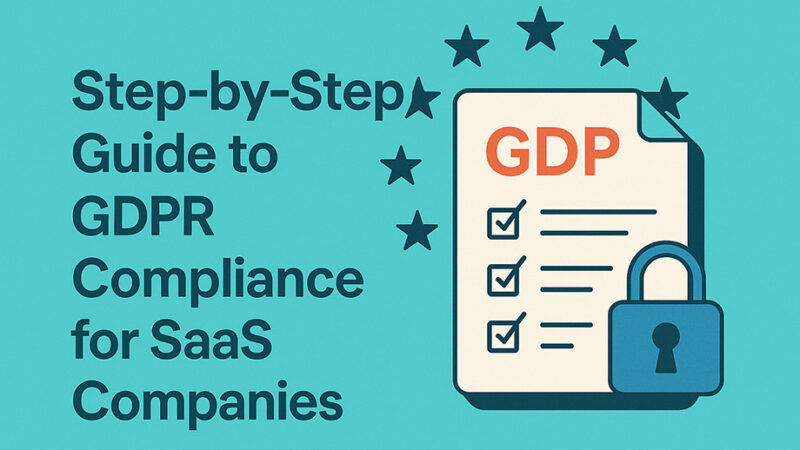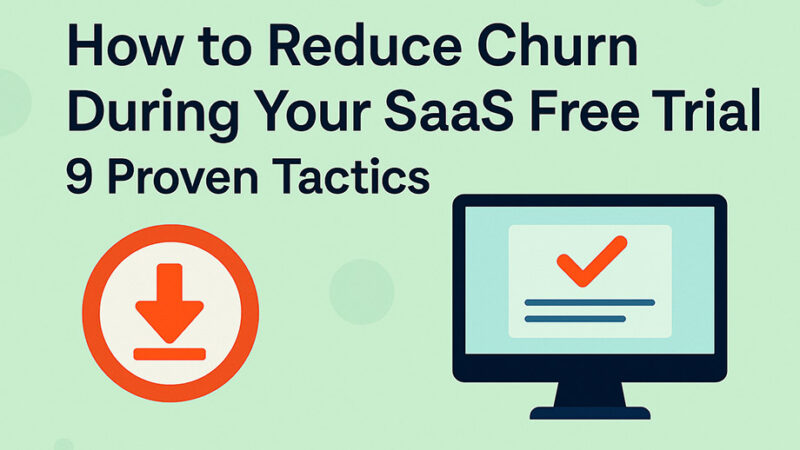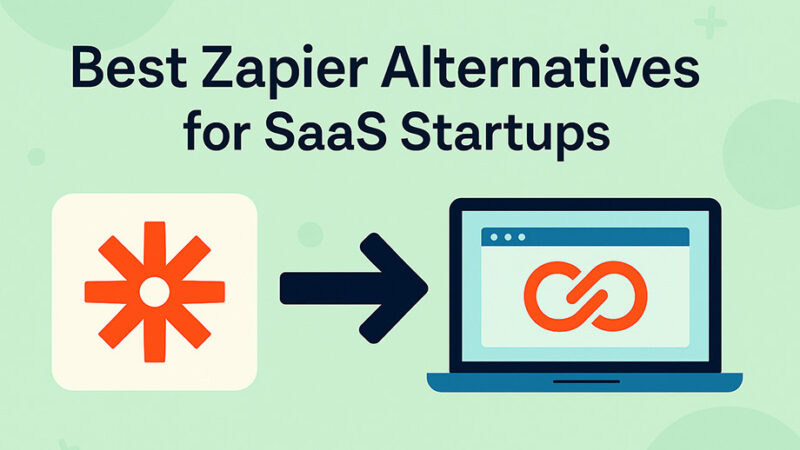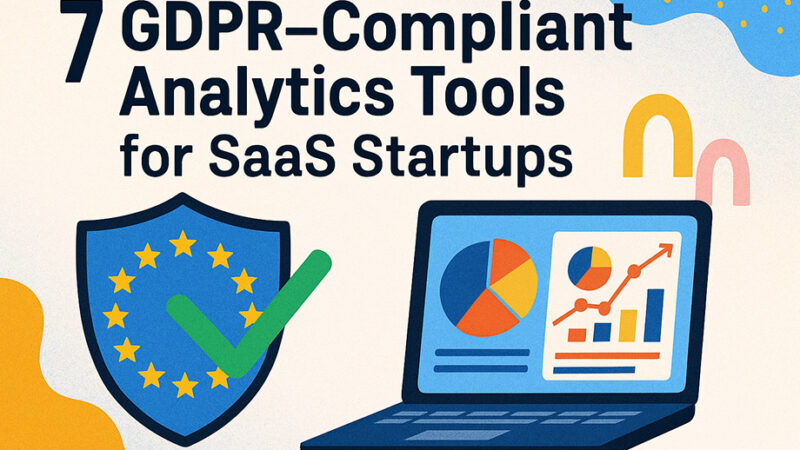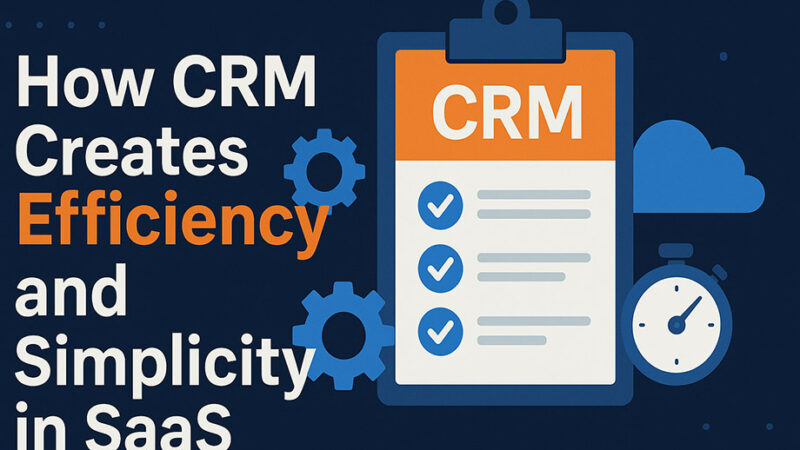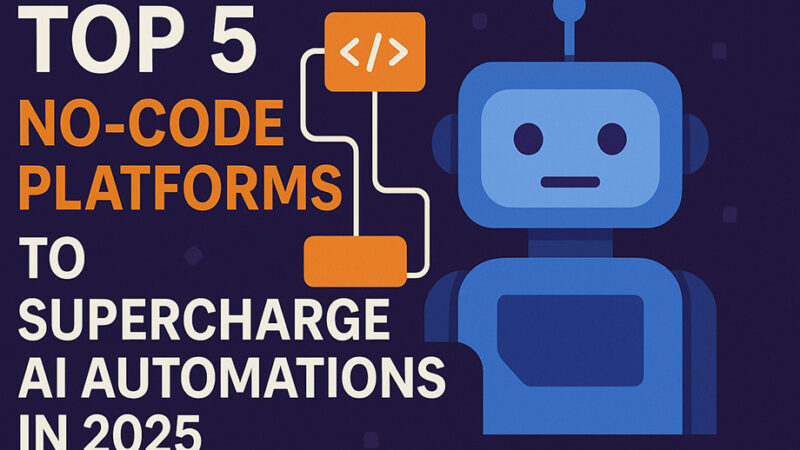What Is EOS and Why It May Be Beneficial for Your SaaS Business
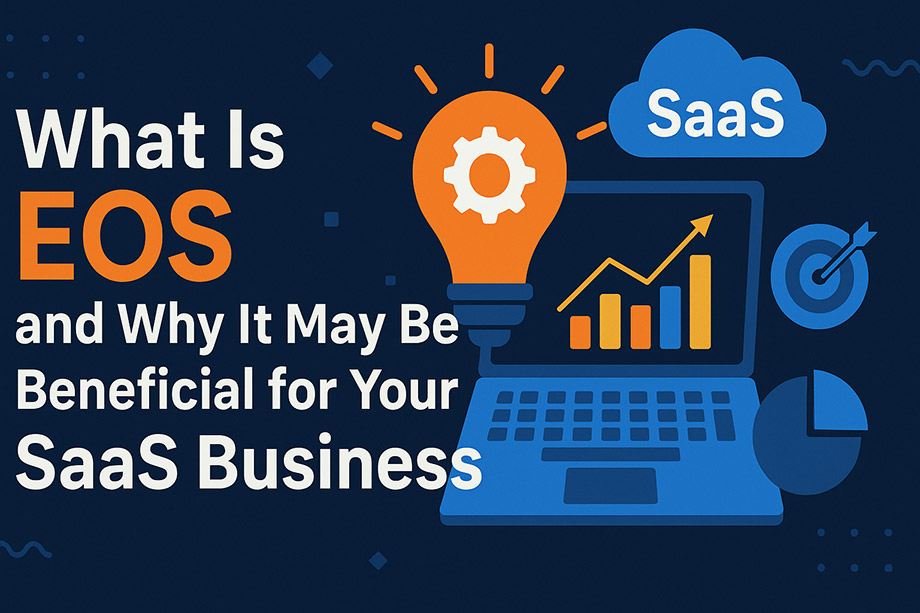
Running a SaaS business is no easy task. Between product development, team scaling, customer churn, and constant iteration, things can quickly become chaotic. If your leadership team struggles with misaligned goals, lack of accountability, or slow execution, the Entrepreneurial Operating System (EOS) might be exactly what your business needs.
EOS is a proven business framework designed to bring structure, clarity, and execution discipline to growing companies. In this article, we’ll break down what EOS is, how it works, and why it’s especially useful for SaaS businesses looking to scale efficiently.
What Is EOS
EOS stands for Entrepreneurial Operating System, a complete set of simple concepts and practical tools created by Gino Wickman and introduced in his best-selling book Traction. Unlike software, EOS is a business methodology—a framework designed to help entrepreneurs and leadership teams gain clarity on their goals, align their people, streamline processes, and execute with focus and discipline.
EOS is used by over 250,000 companies globally, particularly small and mid-sized businesses with leadership teams of 3 to 10 people. The system is built around six core components:
- Vision – Clearly defining where the company is going and how it will get there.
- People – Making sure the right people are in the right seats.
- Data – Using objective metrics to make better decisions.
- Issues – Solving problems effectively and permanently.
- Process – Documenting and streamlining key workflows.
- Traction – Instilling discipline and accountability through quarterly goals and regular check-ins.
Why EOS Matters for SaaS Companies
SaaS businesses face unique challenges: high growth expectations, rapidly evolving products, frequent customer touchpoints, and the need to retain recurring revenue. These pressures can make leadership alignment and execution incredibly difficult.
EOS addresses these challenges by providing a clear operating system—a set of practices, habits, and meetings that keep teams aligned, focused, and moving forward. Here’s how EOS directly benefits SaaS companies:
1. Vision Alignment Across Teams
In SaaS companies, product, marketing, sales, and customer success all need to work from the same playbook. EOS provides tools like the Vision/Traction Organizer (V/TO) to document a shared vision, core values, 10-year targets, and marketing strategy. Everyone from developers to customer success reps understands where the company is going and how their work contributes to it.
2. Hiring and Team Fit
EOS promotes the principle of “right people, right seats.” This means hiring team members who align with your company’s values and are capable of excelling in their specific roles. For fast-growing SaaS companies, this helps avoid costly hiring mistakes and supports better retention.
3. Weekly Scorecards and Metrics
Every SaaS company lives and dies by key metrics—ARR, churn rate, NPS, lead velocity, product usage, and more. EOS teaches you to track a small number of measurable KPIs weekly through a Scorecard. This keeps your leadership team data-driven, focused, and able to spot problems before they escalate.
4. Effective Problem Solving (IDS)
SaaS companies face constant issues—bugs, outages, customer escalations, and missed targets. EOS uses the IDS framework: Identify, Discuss, Solve. This process ensures issues are addressed quickly, thoroughly, and never ignored or buried under the rug.
5. Documented Processes
EOS encourages documenting your core processes—such as customer onboarding, bug triage, feature rollouts, and support escalation—so that everyone follows the same steps. This ensures consistency, speed, and scalability, especially as the team grows.
6. Focused Execution Through Rocks
In EOS, Rocks are quarterly priorities that leadership and teams commit to achieving. They help break long-term goals into manageable pieces and drive execution. Weekly meetings (called L10s) ensure progress is tracked and accountability stays high.
EOS Benefits for SaaS: Comparison Table
| EOS Component | SaaS-Specific Impact | Resulting Benefit |
|---|---|---|
| Vision | Shared roadmap across product, marketing, sales, and support | Team alignment, reduced miscommunication |
| People | Values-based hiring and role clarity | Right hires, lower churn, higher performance |
| Data | Weekly KPIs like ARR, churn, NPS, and support tickets | Objective decision-making, faster course-correction |
| Issues | Structured resolution of bugs, blockers, and escalations | Fewer recurring problems, less downtime |
| Process | Documented workflows for onboarding, development, and support | Operational consistency, scalable systems |
| Traction | Quarterly Rocks and weekly L10 meetings | Greater accountability, visible progress |
Who Should Consider EOS?
EOS is ideal for SaaS companies that:
- Have 10–250 employees
- Operate with a leadership team of 3–10 people
- Are growth-oriented but feel stuck or misaligned
- Face challenges with execution, structure, or communication
- Want to scale in a disciplined and systematic way
How to Get Started with EOS
- Read the Book
Start with Traction by Gino Wickman. It provides a complete overview of the EOS model and includes tools to begin implementation. - Self-Implement or Hire an EOS Implementer
Many SaaS founders start by self-implementing EOS using the book and downloadable tools. Others hire certified EOS Implementers to guide the process through structured sessions. - Use the Vision/Traction Organizer (V/TO)
This two-page document is the foundation of EOS and helps clarify your company’s core values, niche, marketing strategy, 10-year target, and quarterly priorities. - Run L10 Meetings Weekly
Implement the Level 10 Meeting format with your leadership team. These weekly check-ins include reviewing the scorecard, discussing rocks, solving issues, and identifying roadblocks. - Commit to the Process
EOS is not a one-time fix. It’s a long-term operating system that requires consistency, buy-in from leadership, and a willingness to evolve.
Conclusion
EOS is more than a framework—it’s a mindset and a rhythm for scaling companies with clarity and confidence. For SaaS businesses navigating fast growth, shifting demands, and high customer expectations, EOS brings structure to the chaos.
By aligning your team around a shared vision, solving problems proactively, measuring what matters, and executing with discipline, EOS gives SaaS companies the operating system they need to scale smart—not just fast.
If your company is growing but struggling with internal friction, stalled execution, or lack of clarity, EOS may be the system that transforms how you lead, operate, and grow.


